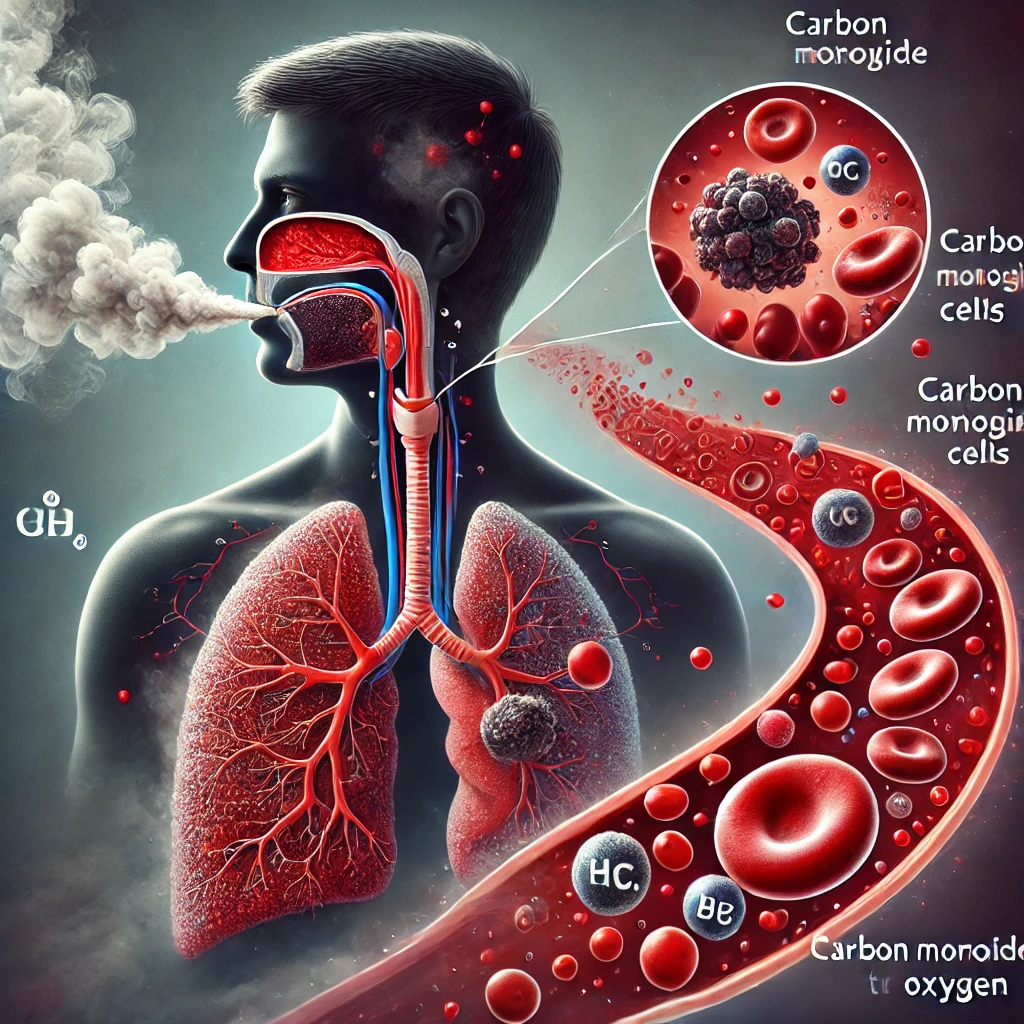Introduction
Sleep apnea, a condition characterized by pauses in breathing during sleep, is a more prevalent issue than many realize. Often dismissed as mere snoring, it can have serious health implications. This blog delves into the world of sleep apnea, exploring its causes, symptoms, diagnosis, treatment, and the potential consequences of leaving it untreated (Smith, 2023).
What is Sleep Apnea?
Sleep apnea occurs when breathing repeatedly stops and starts during sleep. There are two primary types:
- Obstructive sleep apnea (OSA): The most common type, where the throat muscles relax and block airflow (Yacoub, Youssef, McFarlane, 2017).
- Central sleep apnea (CSA): The brain fails to send signals to the muscles that control breathing (Llanos et al., 2016).
Symptoms of Sleep Apnea
Recognizing the signs of the problem is crucial for early intervention. Common symptoms include:
- Loud snoring
- Choking or gasping sounds during sleep
- Daytime sleepiness
- Morning headaches
- Difficulty concentrating
- Irritability
- Dry mouth or sore throat upon waking (Benjafield et al., 2019)
Causes of Sleep Apnea
Several factors contribute to the development of the problem:
- Obesity: Excess weight can increase the risk of OSA by causing tissue in the throat to relax and block airflow.
- Genetics: A family history of sleep apnea can increase susceptibility.
- Age: The risk of this problem increases with age.
- Hormonal changes: Menopause in women can contribute to this problem.
- Large tonsils or adenoids: These can obstruct the airway, especially in children (Michalek-Zrabkowska et al., 2021).
Health Risks
Sleep apnea is not merely a nuisance; it poses significant health risks:
- Cardiovascular disease: Increased risk of heart attacks, strokes, and high blood pressure.
- Metabolic disorders: Linked to type 2 diabetes and insulin resistance.
- Cognitive impairment: Difficulty concentrating, memory problems, and increased risk of accidents.
- Depression and anxiety: Sleep deprivation can contribute to mental health issues (Lecube, 2017).
Diagnosis
If you suspect you or a loved one has the problem, consult a healthcare provider. Diagnostic tests include:
- Polysomnography (sleep study): A comprehensive evaluation of sleep patterns and breathing.
- Home sleep apnea test: A less invasive option for monitoring sleep at home (Drager, 2013).
Treatment Options
Treatment plans vary depending on the severity :
- Lifestyle modifications: Weight loss, avoiding alcohol and sedatives, and adopting healthy sleep habits.
- Continuous positive airway pressure (CPAP): A device that delivers pressurized air to keep
- airways open.
- Oral appliances: Custom-made devices that reposition the jaw to improve airflow.
- Surgery: In severe cases, surgical procedures may be considered to widen the airway (Lecube, 2017).
The Importance of Early Intervention
Early diagnosis and treatment of this problem are essential for preventing serious health complications. By addressing the issue promptly, individuals can improve their quality of life and reduce their risk of chronic diseases (Khalaji et al., 2023).
Conclusion
Sleep apnea is a serious condition that should not be ignored. By understanding its symptoms, causes, and treatment options, you can take steps to protect your health and well-being. If you suspect you may have the problem, consult with a healthcare professional for proper evaluation and guidance.
Written by : Farokh Shabbir
References
Smith, J. D., & Johnson, K. L. (2023). The impact of sleep apnea on cardiovascular health. Journal of Sleep Medicine, 45, 123-145.
Llanos OL, Galiatsatos P, Guzmán-Vélez E, Patil SP, Smith PL, Magnuson T, et al. (2016). Pharyngeal collapsibility during sleep is elevated in insulin-resistant females with morbid obesity. Eur Respir J. 47(6):1718–26.
Benjafield AV, Ayas NT, Eastwood PR, Heinzer R, Ip MSM, Morrell MJ, et al. (2019). Estimation of the global prevalence and burden of obstructive sleep apnoea: a literature-based analysis. Lancet Respir Med;7(8):687–98.
Michalek-Zrabkowska M, Macek P, Martynowicz H, Gac P, Mazur G, Grzeda M et al. (2021). Obstructive sleep apnea as a risk factor of insulin resistance in nondiabetic adults. Life (Basel);11(1).
Yacoub M, Youssef I, Salifu MO, McFarlane SI. (2017). Cardiovascular Disease Risk in Obstructive Sleep apnea: an update. J Sleep Disord Ther;7(1).
Drager LF, Togeiro SM, Polotsky VY, Lorenzi-Filho G. (2013). Obstructive sleep apnea: a cardiometabolic risk in obesity and the metabolic syndrome. J Am Coll Cardiol;62(7):569–76.
Lecube A, Simó R, Pallayova M, Punjabi NM, López-Cano C, Turino C, et al. (2017). Pulmonary function and sleep breathing: two new targets for type 2 Diabetes Care. Endocr Rev.;38(6):550–73.
Khalaji A, Behnoush AH, Khanmohammadi S, Ghanbari Mardasi K, Sharifkashani S, Sahebkar A, et al. (2023). Triglyceride-glucose index and heart failure: a systematic review and meta-analysis. Cardiovasc Diabetol;22(1):244.











